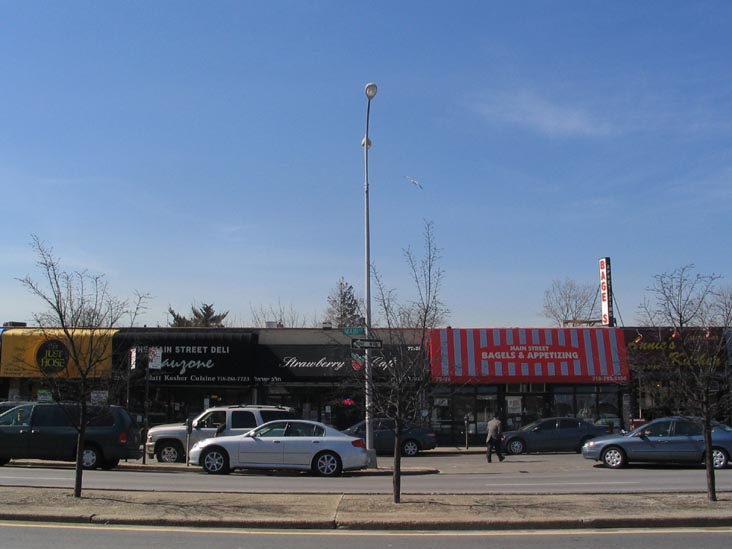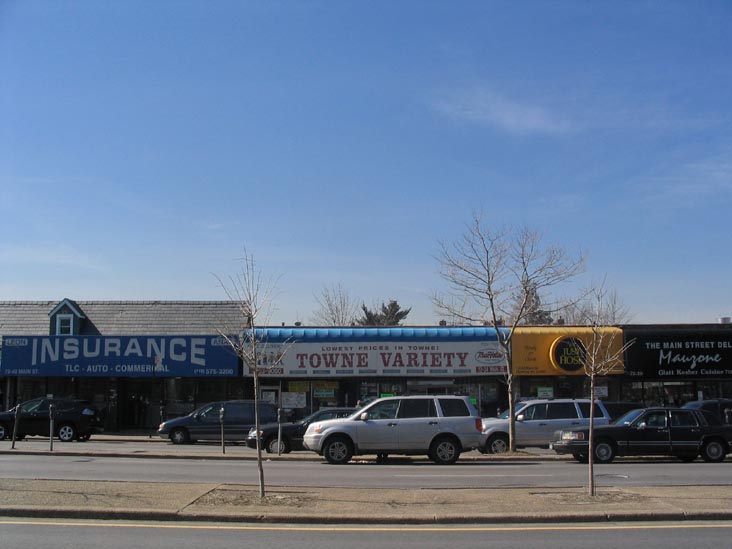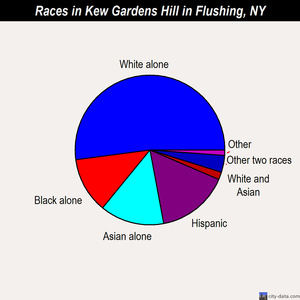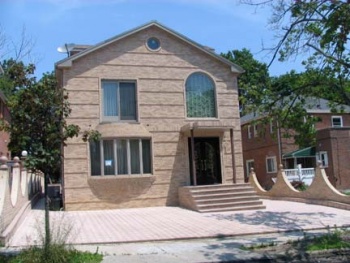Views
The Story
Today, Kew Gardens Hills is an area filled with garden apartments, co-ops, single-family homes, detached houses, and public housing projects.[1]. It is an area that has experienced steady growth over the past five decades, becoming a mainly upper middle class area.[2]
Today, the most influential bodies of Kew Gardens Hills are the Civic Association and the Young Israel. [3] What was once an area of German, Irish and Italians has become an area heavily influenced by the Jews - both immigrant and native- that currently reside in Kew Gardens Hills. While the area is filled with people from many different places, the Jewish ethnic presence is the most heavily felt. On any given Saturday [the Jewish Sabbath], the main areas surrounding Main Street and Jewel Avenue, which are filled with activity during the week are eerily quiet. Most of the area's businesses are closed due to the fact that most are owned by Jewish people.
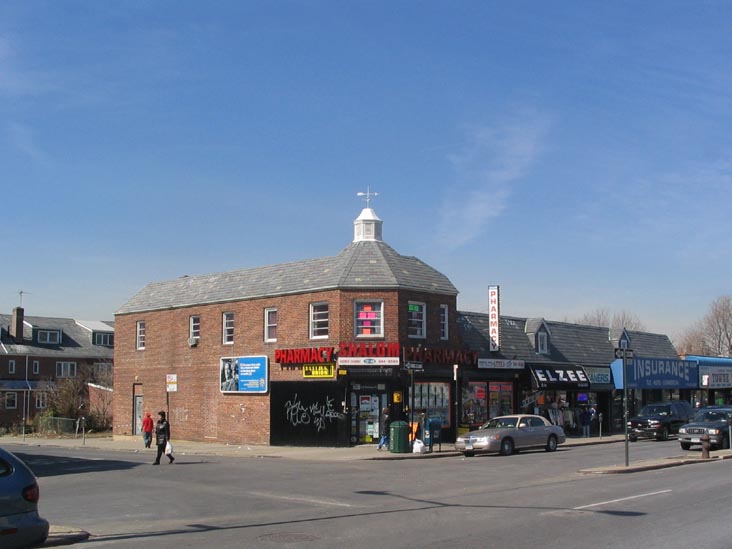
The People
The number of immigrants to Kew Gardens Hills peaked in the mid 1990s at approximately 600 people. Since that peak, the number has dropped significantly and has remained at about 300 immigrants per year.City-data reports that 41.4% of Kew Gardens Hills' residents are foreign-born. The majority of people living here are Orthodox Jews. They are immigrants from Israel, the Middle East, Uzbekistan, Russia, and Africa. However since the 1980s, the area has become more diverse due to an influx of Afghani, Chinese and Indian immigrants. In fact, Kew Gardens Hills is the home to the majority of Queens Afghani immigrants. [4]
View Kew Gardens Hills in a larger map
Even with this diversification, the Jewish and Israeli culture is the dominant one found in Kew Gardens Hills today. This is evidenced by walking down the main streets of the neighborhood. If you do so, you can see large amounts of Israeli owned businesses as well as kosher food stores and restaurants.[5]. There are more than twenty synagogues now located in Kew Gardens Hills, while there are only a few churches and mosques. The area may be culturally diverse, but it is very apparent as to which culture dominates.
The 37,604 densely populated area has an overwhelming majority of English speakers; only 10% of its population do not speak English well, or at all. 36.8% of its residents attend private school - a very high rate for such a small area.[6].
When compared to the rest of Flushing on an educational level, Kew Gardens Hills residents tend to obtain more bachelor's master's and professional degrees. About 36.8% of its residents grade K-12 are enrolled in private school.
Today, Kew Gardens Hills houses have gone up in value, and are being redone making Kew Gardens Hills a middle class area.
Click to go to the next page: Uniqueness of Kew Gardens Hills
Notes
- ↑ "Kew Gardens Hills." http://xml.sun-sentinel.com/topic/ny-historytown-hist000n,0,7470151.story
- ↑ "KEW GARDENS HILLS, LONG ISLAND." http://www.longislandexchange.com/brooklynqueens/kewgardenshills.html
- ↑ ibid.
- ↑ Infoshare Online. 1 Apr. 2009 <http://infoshare.org>
- ↑ "Kew Gardens Hills." http://xml.sun-sentinel.com/topic/ny-historytown-hist000n,0,7470151.story
- ↑ "Kew Gardens Hill neighborhood in Flushing, New York (NY), 11367 detailed profile." http://www.city-data.com/neighborhood/Kew-Gardens-Hill-Flushing-NY.html
- ↑ "Forgotten Neighborhoods: Kew Gardens Hills." http://www.forgotten-ny.com/NEIGHBORHOODS/kg.hills/kghills.html
